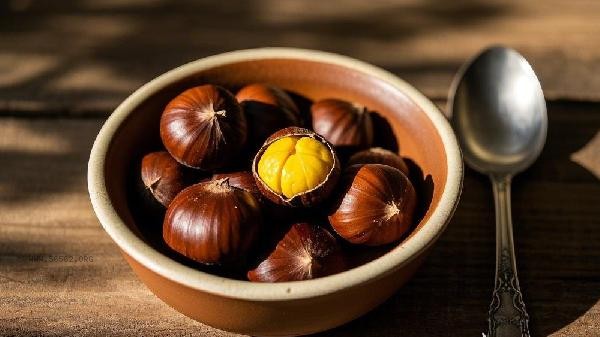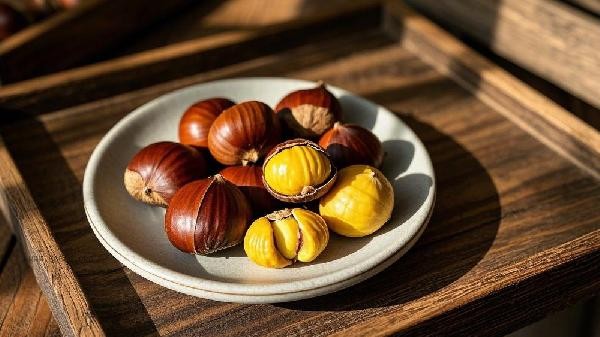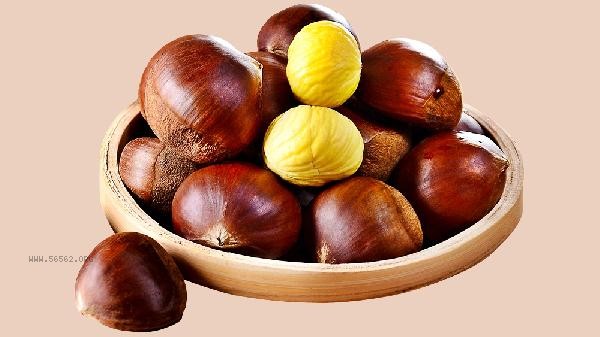Boiled chestnuts can be easily shelled using methods such as pinching, cutting, freezing, soaking in hot water, and microwave heating.

1. Pinching method
When cooked chestnuts are cooled to not be hot to the touch, pinch the sides of the chestnut with your thumb and index finger, gently squeeze to make the shell crack open. This method is suitable for chestnuts whose shells have naturally cracked. When peeling, pay attention to the strength and avoid crushing the flesh. If the chestnut is hard, you can first lightly tap the shell with the back of the knife and then squeeze it open.
2. Cut Method
Before cooking chestnuts, use a knife to make a cross shaped cut on the shell. After cooking, the cut will naturally crack open, and the shell and inner membrane can be easily peeled off along the crack. This method should pay attention to the depth of the incision to cut the shell without damaging the flesh. When cooking, water infiltration will make it easier for the shell and flesh to separate.
3. Freezing method
Put the cooked chestnuts into the freezer compartment of the refrigerator and freeze for half an hour. Low temperature will cause different degrees of shrinkage between the shell and the flesh, resulting in gaps. After taking it out, thaw it slightly and peel off the golden chestnut kernels completely by hand. The freezing time should not be too long, otherwise the flesh will harden and affect the taste.

4. Hot water soaking method
Just cooked chestnuts should be soaked in cold water for 5 minutes while still hot. The principle of thermal expansion and contraction will cause the outer shell and inner membrane to shrink and separate. After picking it up, start peeling from the bottom of the chestnut, which can also tear off the inner fuzz layer. Note that the water temperature should not be too low to avoid chestnuts suddenly becoming hard when exposed to cold.
5. Microwave heating method
Place the cooled ripe chestnut in a microwave oven on high heat for 20 seconds, and the internal steam will cause the shell to expand and loosen. After taking it out, wrap it with a towel and gently rub it, the outer shell will fall off in large areas. This method requires controlling the heating time, as excessive heating can cause the fruit pulp to become dehydrated and dry. After removing the shell, chestnuts can be refrigerated for 3 days or frozen for 1 month. It is recommended to use a sealed bag to isolate the air and prevent oxidation. Shelled Chinese chestnut is suitable for making Chinese chestnut braised chicken, Chinese chestnut cake and other dishes. It is rich in dietary fiber and B vitamins, but it should be noted that the daily consumption should be controlled at 10-15. diabetes patients should reduce the intake. If black or moldy smell is found on the board, it should be discarded immediately.









Comments (0)
Leave a Comment
No comments yet
Be the first to share your thoughts!